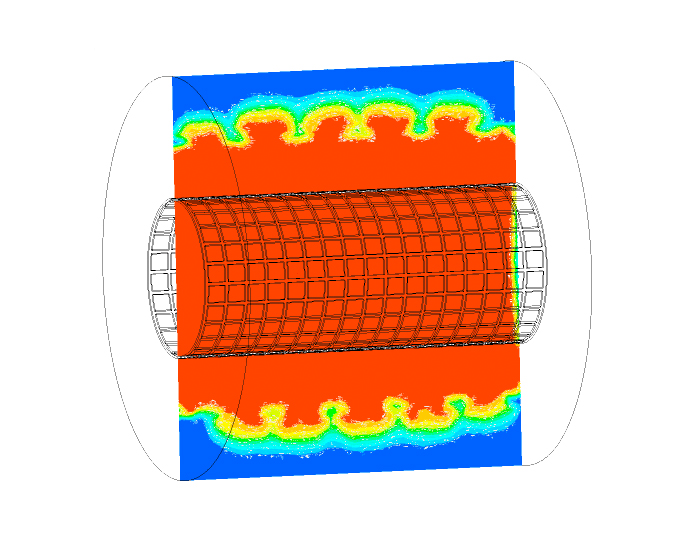Intelligent machine systems and machine learning (ML) are dramatically changing the way we work. The basic concepts have been known for quite some time. As early as 1959, Arthur Samuel introduced the term machine learning as a »field of study that gives computers the ability to learn without being explicitly programmed«.
Data-Based Machine Learning
In practice, machine learning means that statistical methods are used to develop algorithms that learn to recognize patterns and structures in given data. This can be used, for example, to predict the product quality from the process parameters using machine learning methods. The quality of the ML algorithms and thus of the prognosis depends decisively on the quality and quantity of the available data sets.

